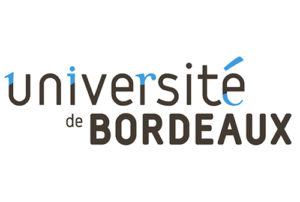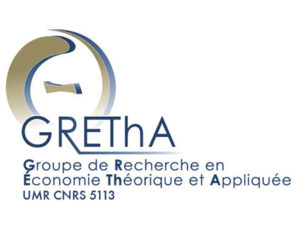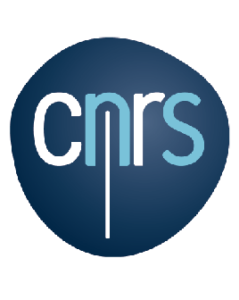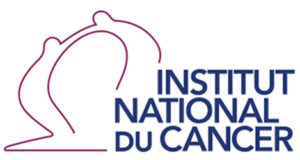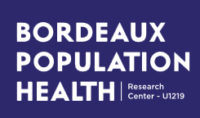INCa
While the most prevalent cancers, namey breast, colorectal, lung & prostate, represent half of the cases, it has been estimated that 22% of all cancers are rare cancers and affect more than 4 million people in the European Union. According to a population-based study on survival from rare cancer, there is evidence that survival rates are worse for rare cancers than for common cancers. Patient advocacy groups suggest that cancer patients across Europe are exposed to inequality without access to new innovative cancer drug because of the lack of interest in developing new therapies by the pharmaceutical industry. Given that prevalence, rare cancers are rare diseases and should benefit from orphan drug (OD) legislation. OD drug is the term quoted to those drugs intended for the treatment of rare diseases. The introduction of this status brings incentives for the OD development by the pharmaceutical companies. With the assignment of more than 500 OD designations by the FDA & EMA, these regulations have contributed to the development of many innovative biotechnology products. Today half of OD on the market are anti-neoplastic therapies, and 7 of the 10 top-selling cancer drugs in U.S. sales in 2011 were OD blockbuster exceeding one billion $ annual revenue. OD status gave the opportunities for pharma firms to move from blockbuster business model to new markets & sources of profits. In recent years, rising prices and growing expenditures on oncology drugs have caused significant concern among payers and patients. The increased availability of OD with their very high cost, and their use for chronic disease raises a debate about accessibility, cost-effectiveness, and reimbursement. It becomes a major issue for health system and the sustainability of health insurance systems as a potential source of future social inequality .
Therefore as a society, we must determine what we are willing to pay through the application of pharmacoeconomic analysis. Scholars have proposed cost/effectiveness through health technology assessment and value-based pricing as a means to estimate a drug price. But one of the key components of the debates is the cost of R&D and the role of private sector investments. There are empirical evidence with biotech SMEs succeeding to bring drug to the market. So from a policy perspective, including public health policy, innovation policy or industrial policy, it is important to analyze the components of and trends in the costs of pharmaceutical innovation in rare cancers in order to forecast the impact of personalized medicine in oncology. This open discussion is quite important for the different stakeholders: involve, namely, patient organization, firms and health agencies, since the debate lacks of reliable data & robust economic studies with transparency. All over the world, countries and organizations attempt to stimulate the development of new drugs with numerous policy incentives. We are interested in how these policies promote pharmaceutical innovation and affect the development of orphan drugs for rare cancers. We might ask many questions: does the OD act foster the production of truly non-profitable drugs? Does the OD act is the real cause of the increase of new OD on the market? What is the cost of R&D? OD market in cancer is a new strategic opportunity for big pharma? Previous studies have documented that policy incentives can lead to positive outcomes. A comparative empirical analysis on the effect of policies on orphan drugs for rare cancer is need to be studied.
To assess such societal questions, we gathered a multidisciplinary research team involving 5 laboratories with economists from very different fields, as well political scientists, a pharmacist and a physician, belonging to College of Medicine, School of Pharmacy, Institute of Political Studies, Public Health Institute, and Faculty of Economy in joint association with regional or national public organizations such as AP-HP, CNRS & INSERM in Bordeaux and Paris. The research project is organized around 6 working packages through which we will characterize the OD drugs for rare cancer, determine the failure rate in anticancer drug development, look at the attractiveness of investment in cancer drug R&D by biotech industry, the legitimation and institutionalization of the OD market for cancer in EU, and finally measure inequalities in cancer drug development in terms of unmet medical need and in cancer “drug pricing”.
